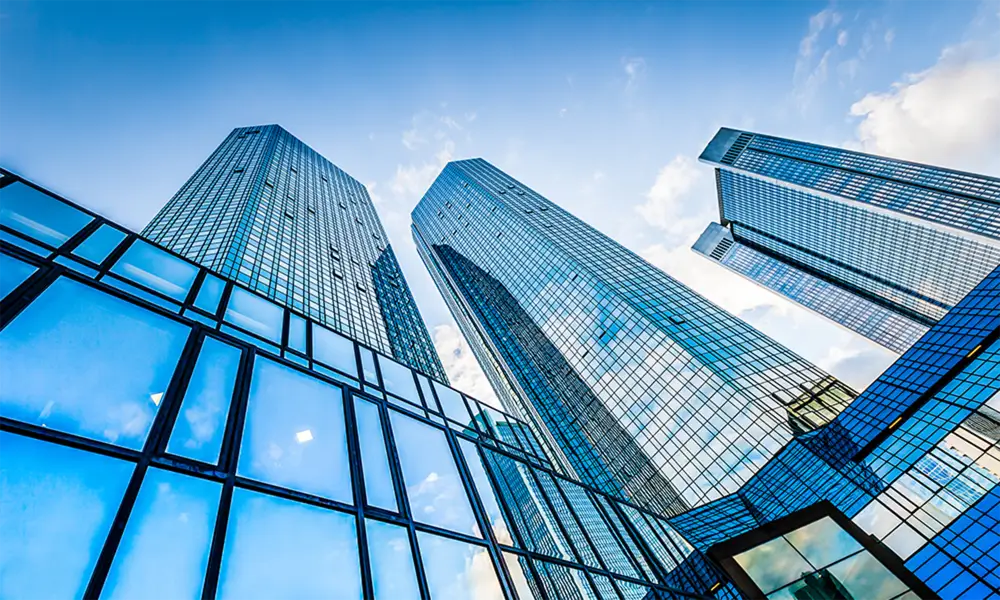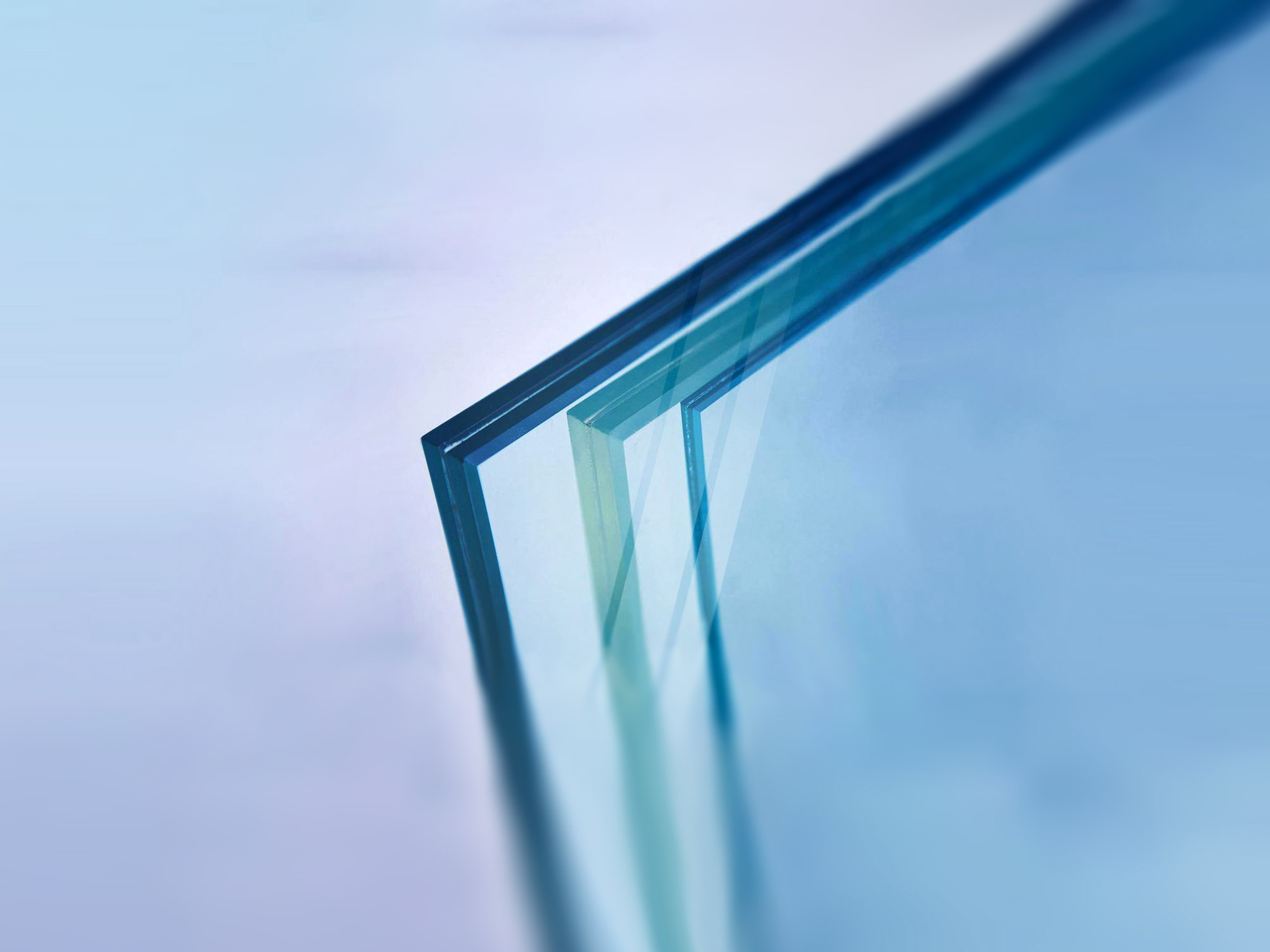

Float glass is an integral part of modern architecture and design, offering transparency, strength, and adaptability in various applications. Understanding the different types of float glass can significantly enhance selection processes in construction, interior design, and industrial manufacturing.

Clear float glass, the most prevalent type, is known for its perfect flatness and high transparency. It is produced by floating molten glass on a bed of molten tin, resulting in a uniform thickness. Its applications are vast, ranging from windows and doors to mirrors and furniture. Clear float glass is often the go-to choice for basic architectural needs due to its cost-effectiveness and ease of customization.
Tinted float glass is another variant, popular for its aesthetic and functional properties. This type of glass is infused with colorants during the manufacturing process, resulting in shades ranging from bronze and gray to blue and green. Besides offering a distinctive look and enhancing building exteriors, tinted float glass reduces glare and limits solar heat gain, improving energy efficiency in buildings.

For safety and security, laminated float glass is highly recommended. Comprising two or more layers of glass with a plastic interlayer, it is designed to hold together when shattered. This makes it an ideal choice for areas prone to natural disasters or requiring additional security, such as storefronts, banks, and museums.
Tempered float glass, or toughened glass, is another essential type known for its strength and safety features. It undergoes a controlled thermal or chemical treatment to increase its toughness. When broken, it crumbles into small granular chunks instead of sharp shards, reducing injury risks. Its applications include vehicle windows, glass doors, and shower enclosures.
Reflective float glass offers energy efficiency and aesthetic appeal. By coating a thin layer of metal oxide, this glass type reflects a portion of incoming light, thereby reducing heat gain and enhancing privacy. Reflective glass is commonly used in facades of modern skyscrapers and commercial buildings.
Low-emissivity (Low-E) float glass is a game-changer in the realm of energy-efficient solutions. It is coated with microscopic metal particles that allow light to pass through while reflecting heat. This feature helps maintain indoor temperatures, making it an excellent choice for residential windows aiming for sustainability and reduced energy costs.
Patterned float glass, featuring decorative designs, provides aesthetic enhancement while ensuring privacy. It is widely used in bathroom windows, partitions, and decorative panels. The patterns can be customized to meet specific design requirements, adding a unique touch to interior spaces.
Acid-etched float glass further diversifies the range, offering smooth, satin-like finishes without the distortion that can occur with some patterned glass. This glass type is appreciated for its elegance and privacy while still allowing light transmission, making it a favorite in office interiors and bathroom applications.
Each type of float glass serves a specific purpose, meeting different architectural and interior design needs. The key to maximizing the benefits of float glass lies in understanding these types and selecting the right one for each project. Prioritizing the right combination of aesthetics, functionality, and safety can lead to remarkable outcomes in architectural designs and everyday environments.